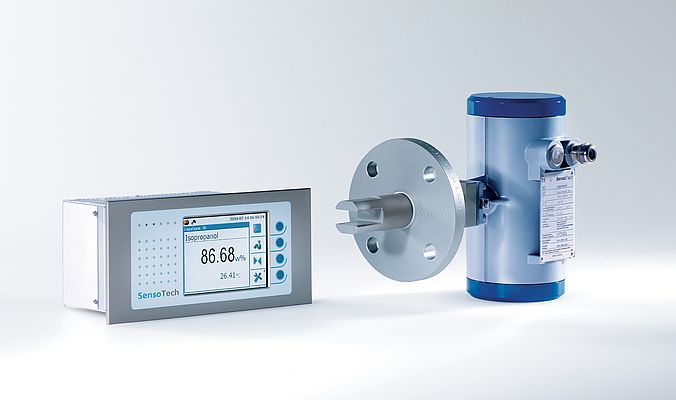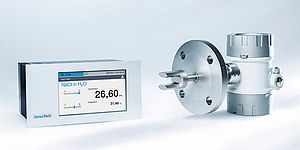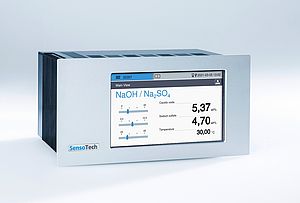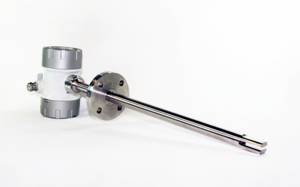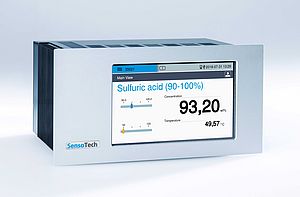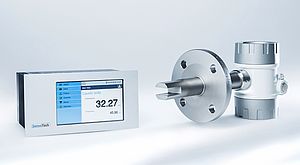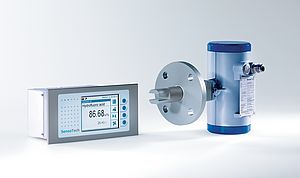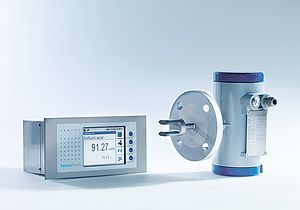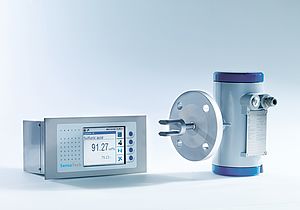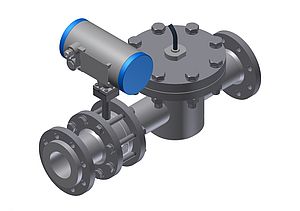In industrial processes, inline analytical technology is used to monitor critical parameters and to control processes for quality assurance, production efficiency and safety. This increases process reliability, reduces costs of raw material and energy, and eliminates failed productions.
With the LiquiSonic® analytical technology of SensoTech, parameters such as the concentration in process liquids can be monitored. The analyzer is used in almost any liquids of the chemical and pharmaceutical industry, food production, semiconductor technology, metal production and many more industries. For example, in the chemical industry the LiquiSonic® sensors measure the concentration of sulfuric acid, ammonia, hydrofluoric acid and more chemicals. In the chlor-alkali electrolysis, the analyzer monitors sodium hydroxide, sodium chloride, hydrochloric acid and sulfuric acid. Also in gas scrubbers, phase separations, neutralizations, dissolvings or blendings, the LiquiSonic® sensors are integrated into the process. In addition, the analyzer monitors complex reactions such as crystallizations or polymerizations. In crystallizations, critical parameters include the saturation degree, the crystal content or the metastable range, whereas in polymerizations the analysis of the polymerization degree is important.
The LiquiSonic® technology is based on sonic velocity measurement that provides high-precision and stable measuring results being updated every second. Compared to other measuring methods, sonic velocity devices are extremely robust and maintenance-free, corrosion-resistant by using special materials, and integrable into the process without bypass. LiquiSonic® sensors, made in Germany, are installed directly into pipes of any size or into vessels. The measurment is continuously inline and the results are provided online. The LiquiSonic® controller displays and stores the results. The trend view shows the process status at any time. If the measuring result exceeds or falls below thresholds, a signal will be sent immediately. For automated process control, the measuring results can be transferred to the process control system. Via a PC-interface, it is possible to read all data and to create reports and protocols.


